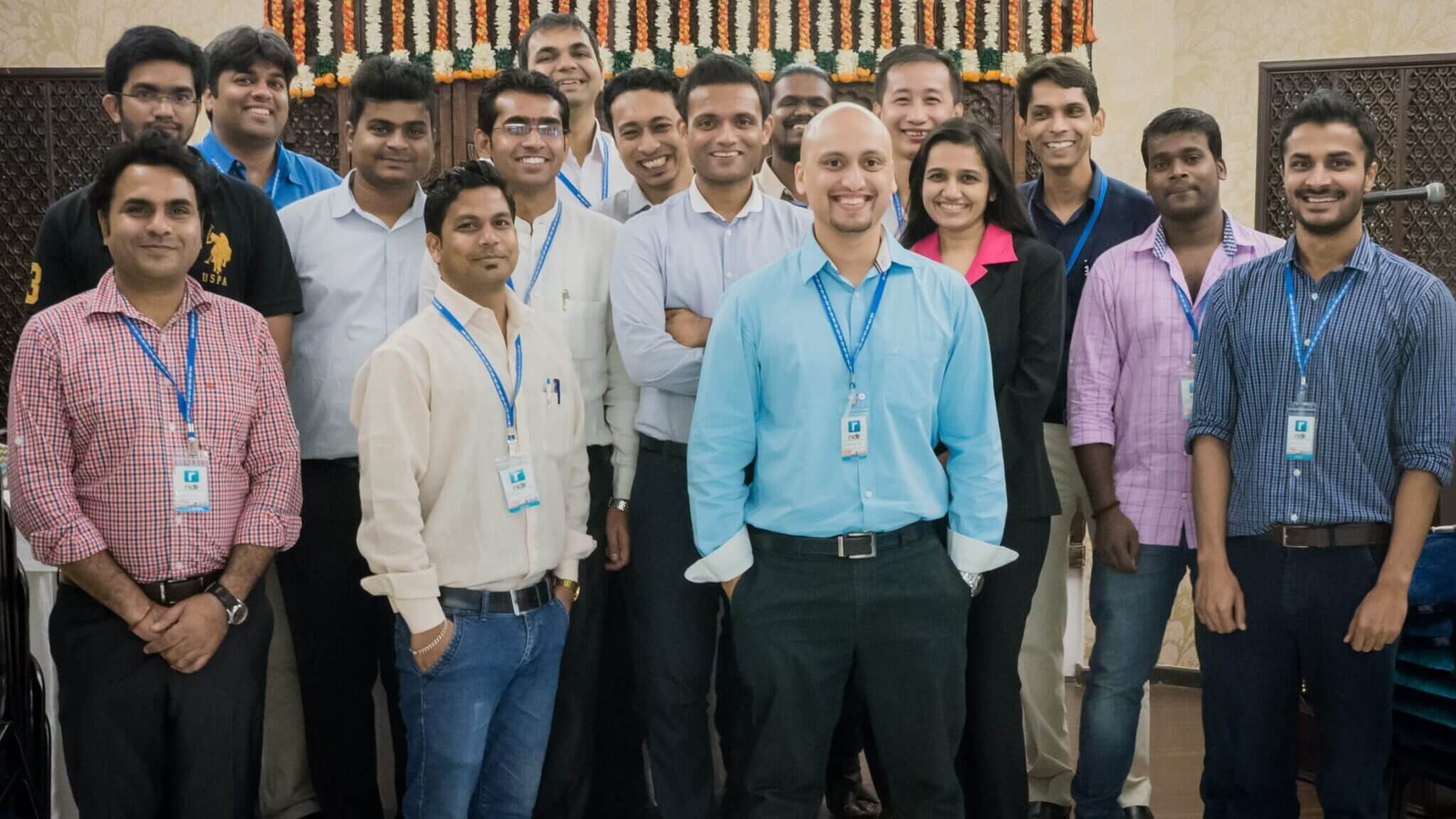Birds Eye Systems Private Limited started in May 2010 with an aim to help Indian’s plan for their travel by understanding the traffic on their route. The founders, Mr. Ravi Khemani and Mr. Brijraj Vaghani had lived in the US for around a decade. “We could check the traffic before leaving home, which helped us plan our travel better. But when we shifted here, no such technology was available. So we decided to make one!” says Ravi, the CTO.
“The need to have an app which could let us know the traffic was expressed in many tech conferences we attended and voila, we started Traffline then,” he added. Three years after launching Traffline, they have started with Public Transport app – Ridlr. The name of their company comes from the idea to give people a bird’s eye view of the information spectrum ie live and real time in nature.
“When we started with the idea, we were unique. The entry barrier was nil at the time. We started Intelligent Transportation System (ITS), which was very broad and required infrastructure, education, enforcement, human aspects and a huge amount of underlying data to drive it. But unfortunately data was missing,” says Ravi. Thus Traffline started as the basis to form this underlying data.
Traffline is known for its real time and accurate information. They are currently using in-house algorithms for finding the best routes and for processing raw data. Common technologies like Mobile Application, MySQL, PHP and Java used for presentation of data to the user. This team of around 100 employees is distributed in 4 locations – Mumbai, Delhi, Bangalore and Pune.
Their services are currently available in Mumbai, Delhi NCR, Hyderabad, Bangalore, Kolkata, Chennai and Pune and the company aims to expand to all the cities in the country. “We want to increase information locally. We want to be the ‘Go To’ app, something like Google on the roads for all the Indians,” says Ravi.
Ridlr on the other hand provides real time information, including delays, about bus, local train, and metro schedules. This helps the users reach their destinations on time and make the best use of public transport. This app also provides time tables and schedules of metros and buses.
“When we started out, we got ample praise for data accuracy but harsh criticism for product flow and ease of usage. We had to learn a lot to tweak the app according to what users wanted without compromising on data accuracy. If the system was down for a single day, users would actually call us to know the traffic situation. We have since improved and our app is now internationally designed and acclaimed,” he adds.
The founders started with an Initial capital of about INR 35-40 lakhs from their savings. Since then they have been funded by Centre for Innovation, Incubation and Entrepreneurship (CIIE) with a seed amount of INR 20 lakhs. In 2012, they received INR 2 Crores form Indian Angel Network. They also raised investment in Series A from Matrix Partners in 2013 and an undisclosed amount in Series B from Qualcomm Ventures in 2014.
As a message for future entrepreneurs, Ravi says, “Everyone who wants to be an entrepreneur should have risk-taking capabilities. Another important principle is to build relationships than to maximize profit. Money comes and goes, but relationships last.”
When asked about what keeps them awake at night, Mr Khemani says, “Ideas around a bigger company vision, bring a revolution in the transportation using technology keeps the whole team awake at night. “





























